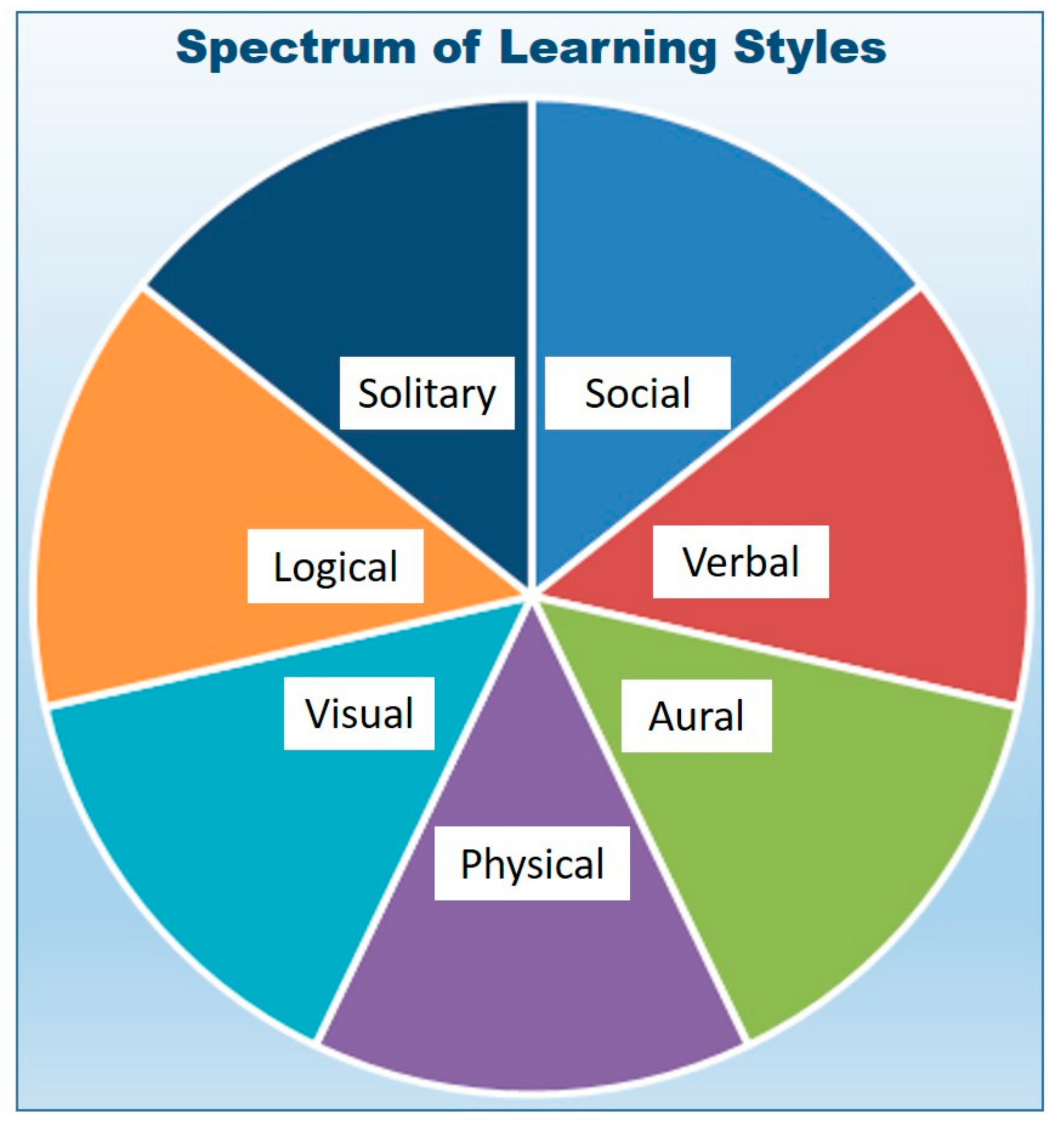Educating the Future of Science and Medicine
Abstract
:1. Introduction
2. Discussion
3. Conclusions
Conflicts of Interest
References
- Dooley, L.M.; Frandland, S.; Boller, E.; Tudor, E. Implementing the flipped classroom in a veterinary pre-clinical science course: Student engagement, performance, and satisfaction. J. Vet. Med. Educ. 2018. [Google Scholar] [CrossRef] [PubMed]
- Lane, E.A. Problem-based learning in veterinary education. J. Vet. Med. Educ. 2008, 35, 631–636. [Google Scholar] [CrossRef] [PubMed]
- Root Kustritz, M.V.; Molgaard, L.K.; Malone, E. Creation of a metric for faculty effort in teaching in the veterinary curriculum. J. Vet. Med. Educ. 2015, 42, 66–68. [Google Scholar] [CrossRef] [PubMed]
- Gross, D.; Pietri, E.S.; Anderson, G.; Moyano-Camihort, K.; Graham, M.J. Increased preclass preparation underlies student outcome improvement in the flipped classroom. CBE Life Sci. Educ. 2015, 14, 1–8. [Google Scholar] [CrossRef] [PubMed]
- LaForce, M.; Noble, E.; Blackwell, C. Problem-based learning (PBL) and student interest in STEM careers: The roles of motivation and ability beliefs. Educ. Sci. 2017, 7, 92. [Google Scholar] [CrossRef]
- Dennin, M.; Schultz, Z.D.; Feig, A.; Finkelstein, N.; Greenshoot, A.F.; Hildreth, M.; Leibovich, A.K.; Martin, J.D.; Moldwin, M.B.; O’Dowd, D.K.; et al. Aligning practice to policies: Changing the culture to recognize and reward teaching at research universities. CBE Life Sci. Educ. 2017, 16. [Google Scholar] [CrossRef] [PubMed]
- Borrego, M.; Henderson, C. Increasing the use of evidence-based teaching in STEM higher education: A comparison of eight change strategies. J. Eng. Educ. 2014, 103, 220–252. [Google Scholar] [CrossRef]
- Freeman, C.; Schiller, N.A. Case Studies and the Flipped Classroom. J. Coll. Sci. Teach. 2013, 42, 62–66. [Google Scholar]
- Foertsch, J.; Moses, G.A.; Strikwerda, J.C.; Litzkow, M.J. Reversing the lecture/homework paradigm using eTeach web-based streaming video software. J. Eng. Educ. 2002, 91, 267–274. [Google Scholar] [CrossRef]
- Fulton, K. Upside down and inside out: Flip your classroom to improve student learning. Learn. Lead. Technol. 2012, 39, 12–17. [Google Scholar]
- Morrone, A.; Tarr, T. Theoretical eclecticism in the college classroom. Innov. Higher Educ. 2005, 30, 7–21. [Google Scholar] [CrossRef]
- Pashler, H.; McDaniel, M.; Rohrer, D.; Bjork, R. Learning styles: Concepts and evidence. Psychol. Sci. Public Interest 2008, 9, 105–119. [Google Scholar] [CrossRef] [PubMed]
- Crandfield, J.; Yoong, P.; Dou, W.; Liu, X.; Chen, G.; Cheung, S.C.; Shijie, C. Knowledge flow management supporting complex problem solving: Learning spectrum and its infrastructure. Int. J. Knowl. Learn. 2007, 3. [Google Scholar] [CrossRef]
- Silver, H.; Strong, R.; Perini, M. Integrating learning styles and multiple intelligences. Educ. Leadersh. 1997, 55, 22–27. [Google Scholar]
- Romanelli, F.; Bird, E.; Ryan, M. Learning styles: A review of theory, application, and best practices. Am. J. Pharm. Educ. 2009, 73, 9. [Google Scholar] [CrossRef] [PubMed]
- Learning Styles Online. Available online: Learning-styles-online.com (accessed on 15 February 2018).
- Hodgson, J.L.; Pelzer, J.M. Veterinary Medical Education: A Practical Guide; John Wiley & Sons: Hoboken, NJ, USA, 2017; p. 626. ISBN 9781119125006. [Google Scholar]
- Berrett, D. How “flipping” the classroom can improve the traditional lecture. Chron. Higher Educ. 2012, 19, 26–41. [Google Scholar]
- Mazur, E. Farewell, lecture? Science 2009, 323, 50–51. [Google Scholar] [CrossRef] [PubMed]
- Lage, M.J.; Platt, G.J.; Treglia, M. Inverting the classroom: A gateway to creating an inclusive learning environment. J. Econ. Educ. 2000, 31, 30–43. [Google Scholar] [CrossRef]
- Sams, A.; Bergmann, J. Flip your students’ learning. Educ. Leadersh. 2013, 70, 16–20. [Google Scholar]
- Schaffhauser, D. 55 Percent of Faculty are Flipping the Classroom; Campus Technology: Chatsworth, CA, USA, 2016. [Google Scholar]
- Hunter, A.B.; Laursen, S.L.; Seymour, E. Becoming a scientist: The role of undergraduate research in students’ cognitive, personal, and professional development. Sci. Educ. 2006, 91, 36–74. [Google Scholar] [CrossRef]
- Pascarella, E.; Chapman, D. A multi-institutional, path analytic validation of Tinto’s model of college withdrawal. Am. Educ. Res. J. 1983, 20, 87–102. [Google Scholar] [CrossRef]
- National Research Council; Committee on Developments in the Science of Learning and Committee on Learning Research and Educational Practice. How People Learn: Brain, Mind, Experience, and School (expanded ed.); National Academy Press: Washington, DC, USA, 2000; p. 374. ISBN 0-309-07036-8. [Google Scholar]
- Itin, C.M. Reasserting the philosophy of experiential education as a vehicle for change in the 21st century. J. Exp. Educ. 1999, 22, 91–98. [Google Scholar] [CrossRef]
- May, S.A. Modern veterinary graduates are outstanding, but can they get better? J. Vet. Med. Educ. 2008, 35, 573–580. [Google Scholar] [CrossRef] [PubMed]
- Tinga, C.E.; Adams, C.L.; Bonnett, B.N.; Ribble, C.S. Survey of veterinary technical and professional skills in students and recent graduates of a veterinary college. J. Am. Vet. Med. Assoc. 2001, 219, 924–931. [Google Scholar] [CrossRef] [PubMed]
- Hazel, S.J.; Heberle, N.; McEwen, M.M.; Adams, K. Team-based learning increases engagement and enhances development of teamwork and communication skills in a course for first-year veterinary and animal science undergraduates. J. Vet. Med. Educ. 2013, 40, 333–341. [Google Scholar] [CrossRef] [PubMed]

© 2018 by the author. Licensee MDPI, Basel, Switzerland. This article is an open access article distributed under the terms and conditions of the Creative Commons Attribution (CC BY) license (http://creativecommons.org/licenses/by/4.0/).
Share and Cite
Brown, M.A. Educating the Future of Science and Medicine. Vet. Sci. 2018, 5, 34. https://doi.org/10.3390/vetsci5020034
Brown MA. Educating the Future of Science and Medicine. Veterinary Sciences. 2018; 5(2):34. https://doi.org/10.3390/vetsci5020034
Chicago/Turabian StyleBrown, Mark A. 2018. "Educating the Future of Science and Medicine" Veterinary Sciences 5, no. 2: 34. https://doi.org/10.3390/vetsci5020034



